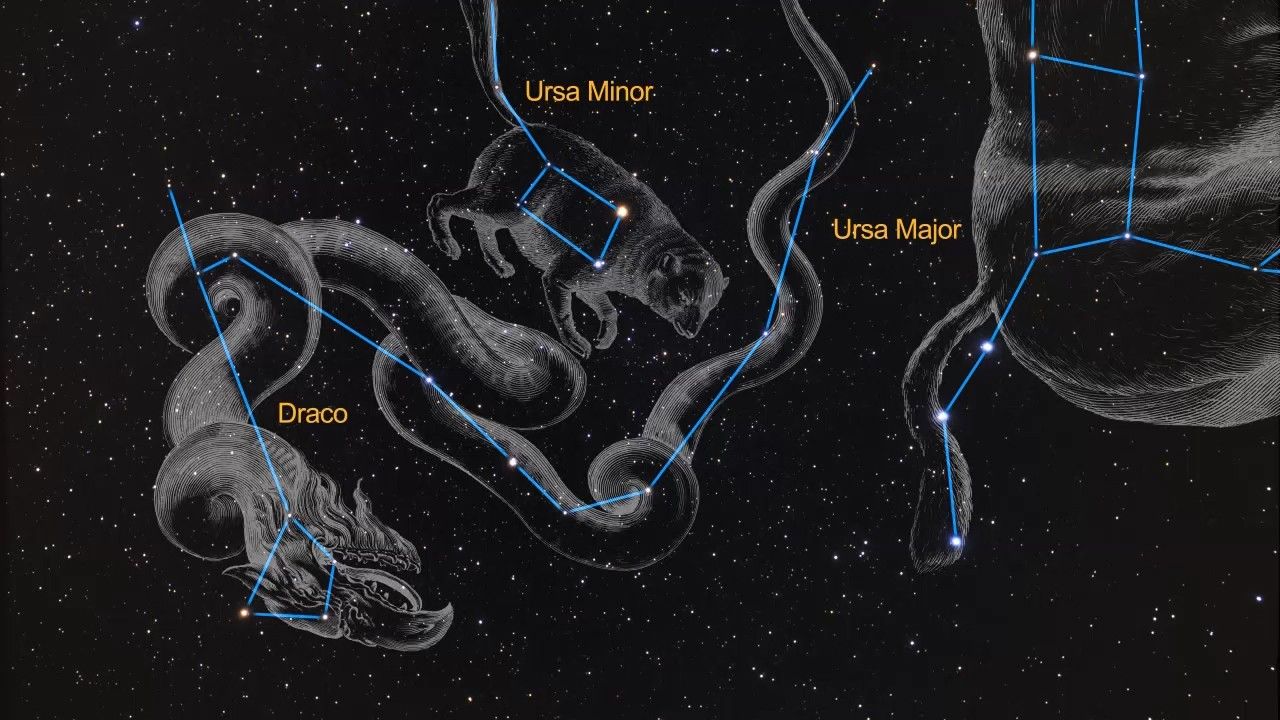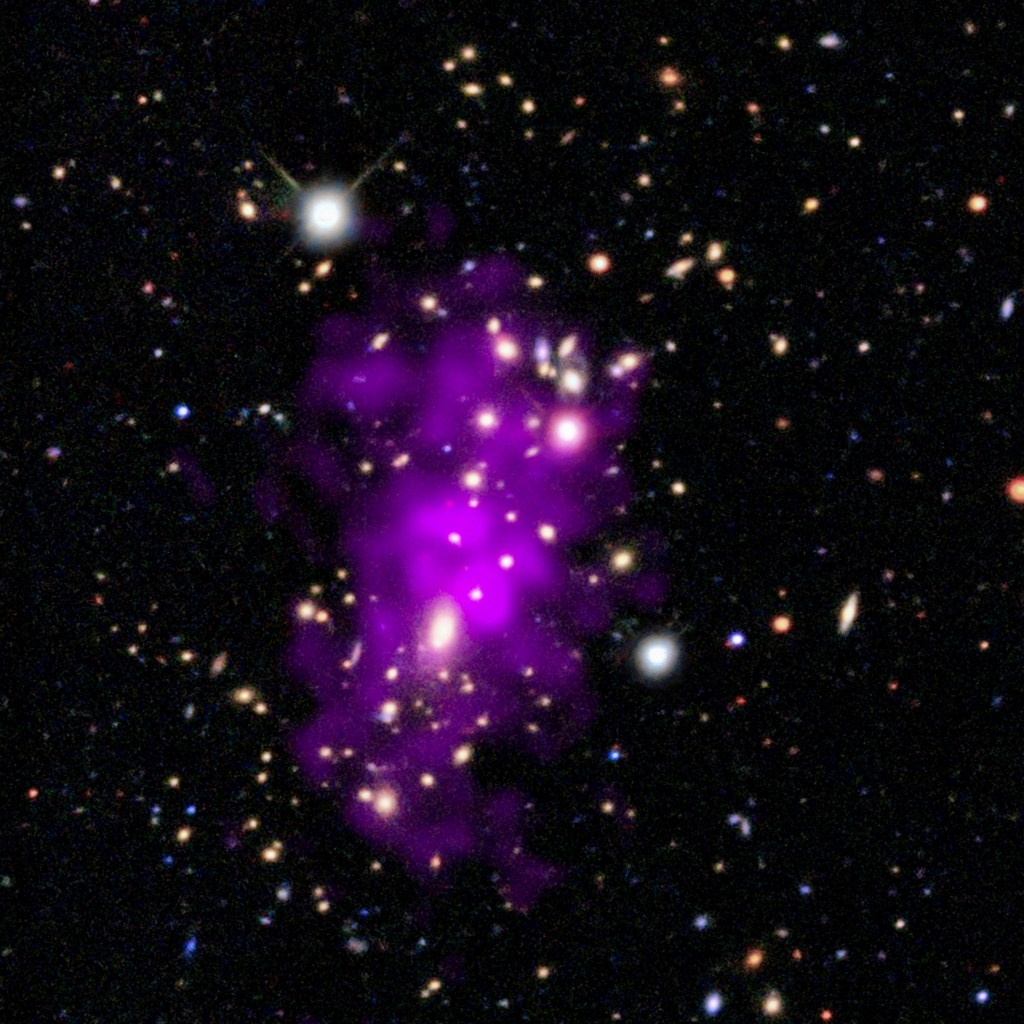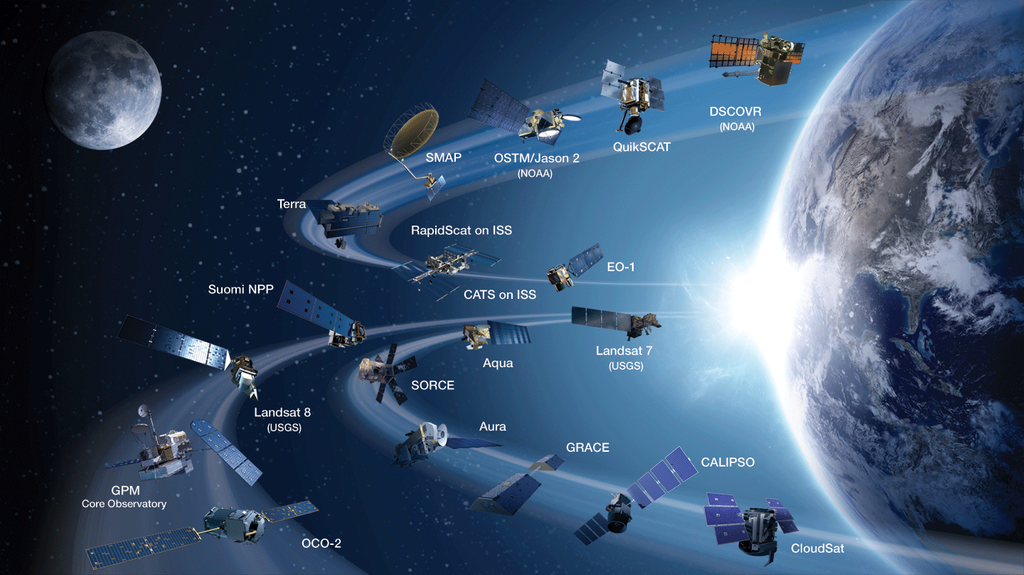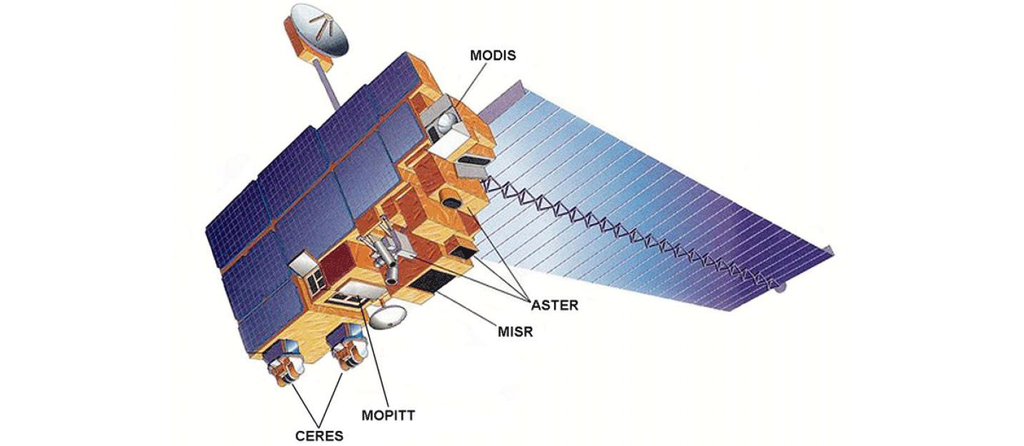1 min read
The Cat’s Eye Nebula: Dying Star Creates Fantasy-like Sculpture of Gas and Dust

In this detailed view from NASA's Hubble Space Telescope, the so-called Cat's Eye Nebula looks like the penetrating eye of the disembodied sorcerer Sauron from the film adaptation of "The Lord of the Rings."
The nebula, formally cataloged NGC 6543, is every bit as inscrutable as the J.R.R. Tolkien phantom character. Though the Cat's Eye Nebula was one of the first planetary nebulae to be discovered, it is one of the most complex such nebulae seen in space. A planetary nebula forms when Sun-like stars gently eject their outer gaseous layers that form bright nebulae with amazing and confounding shapes.
In 1994, Hubble first revealed NGC 6543's surprisingly intricate structures, including concentric gas shells, jets of high-speed gas, and unusual shock-induced knots of gas.
As if the Cat's Eye itself isn't spectacular enough, this new image taken with Hubble's Advanced Camera for Surveys (ACS) reveals the full beauty of a bull's eye pattern of eleven or even more concentric rings, or shells, around the Cat's Eye. Each 'ring' is actually the edge of a spherical bubble seen projected onto the sky - that's why it appears bright along its outer edge.
Observations suggest the star ejected its mass in a series of pulses at 1,500-year intervals. These convulsions created dust shells, each of which contain as much mass as all of the planets in our solar system combined (still only one percent of the Sun's mass). These concentric shells make a layered, onion-skin structure around the dying star. The view from Hubble is like seeing an onion cut in half, where each skin layer is discernible.
Until recently, it was thought that such shells around planetary nebulae were a rare phenomenon. However, Romano Corradi (Isaac Newton Group of Telescopes, Spain) and collaborators, in a paper published in the European journal Astronomy and Astrophysics in April 2004, have instead shown that the formation of these rings is likely to be the rule rather than the exception.
The bull's-eye patterns seen around planetary nebulae come as a surprise to astronomers because they had no expectation that episodes of mass loss at the end of stellar lives would repeat every 1,500 years. Several explanations have been proposed, including cycles of magnetic activity somewhat similar to our own Sun's sunspot cycle, the action of companion stars orbiting around the dying star, and stellar pulsations. Another school of thought is that the material is ejected smoothly from the star, and the rings are created later on due to formation of waves in the outflowing material. It will take further observations and more theoretical studies to decide between these and other possible explanations.
Approximately 1,000 years ago the pattern of mass loss suddenly changed, and the Cat's Eye Nebula started forming inside the dusty shells. It has been expanding ever since, as discernible in comparing Hubble images taken in 1994, 1997, 2000, and 2002. The puzzle is what caused this dramatic change? Many aspects of the process that leads a star to lose its gaseous envelope are still poorly known, and the study of planetary nebulae is one of the few ways to recover information about these last few thousand years in the life of a Sun-like star.
About the Object
- R.A. PositionR.A. PositionRight ascension – analogous to longitude – is one component of an object's position.17h 58m 33.42s
- Dec. PositionDec. PositionDeclination – analogous to latitude – is one component of an object's position.66° 37' 59.49"
- ConstellationConstellationOne of 88 recognized regions of the celestial sphere in which the object appears.Draco
- DistanceDistanceThe physical distance from Earth to the astronomical object. Distances within our solar system are usually measured in Astronomical Units (AU). Distances between stars are usually measured in light-years. Interstellar distances can also be measured in parsecs.3,000 light-years (1,000 parsecs)
- DimensionsDimensionsThe physical size of the object or the apparent angle it subtends on the sky.This image is 1.2 arcminutes (1.2 light-years or 0.35 parsecs) wide.
About the Data
- Data DescriptionData DescriptionProposal: A description of the observations, their scientific justification, and the links to the data available in the science archive.
Science Team: The astronomers who planned the observations and analyzed the data. "PI" refers to the Principal Investigator.This image was created from HST observations from the following proposal: 9026:: Z. Tsvetanov (JHU) - InstrumentInstrumentThe science instrument used to produce the data.HST>ACS/WFC
- Exposure DatesExposure DatesThe date(s) that the telescope made its observations and the total exposure time.May 4, 2002, Exposure Time: 1.2 hours
- FiltersFiltersThe camera filters that were used in the science observations.F502N [O III], FR505N [O III] and F658N (Halpha+[N II])
- Object NameObject NameA name or catalog number that astronomers use to identify an astronomical object.Cat's Eye Nebula, NGC 6543
- Object DescriptionObject DescriptionThe type of astronomical object.Planetary Nebula
- Release DateSeptember 9, 2004
- Science ReleaseDying Star Creates Fantasy-like Sculpture of Gas and Dust
- CreditNASA, ESA, HEIC, and The Hubble Heritage Team (STScI/AURA); Acknowledgment: R. Corradi (Isaac Newton Group of Telescopes, Spain) and Z. Tsvetanov (NASA)

Related Images & Videos

Cat's Eye Nebula Zoom
Hubble observes the sky in the direction of the constellation of Draco (the Dragon) where the Cat's Eye Nebula is located. As we zoom in we see first an image constructed from the Digitized Sky Survey 2, then an image taken by the Nordic Optical Telescope, and finally the NASA...
Share
Details
Claire Andreoli
NASA’s Goddard Space Flight Center
Greenbelt, Maryland
claire.andreoli@nasa.gov






























